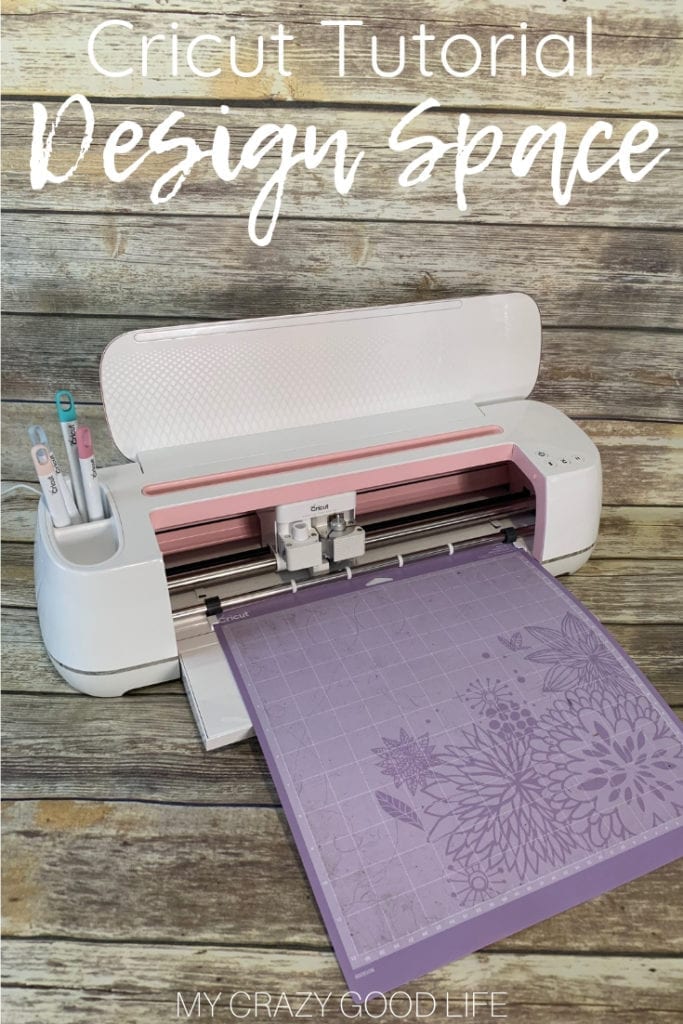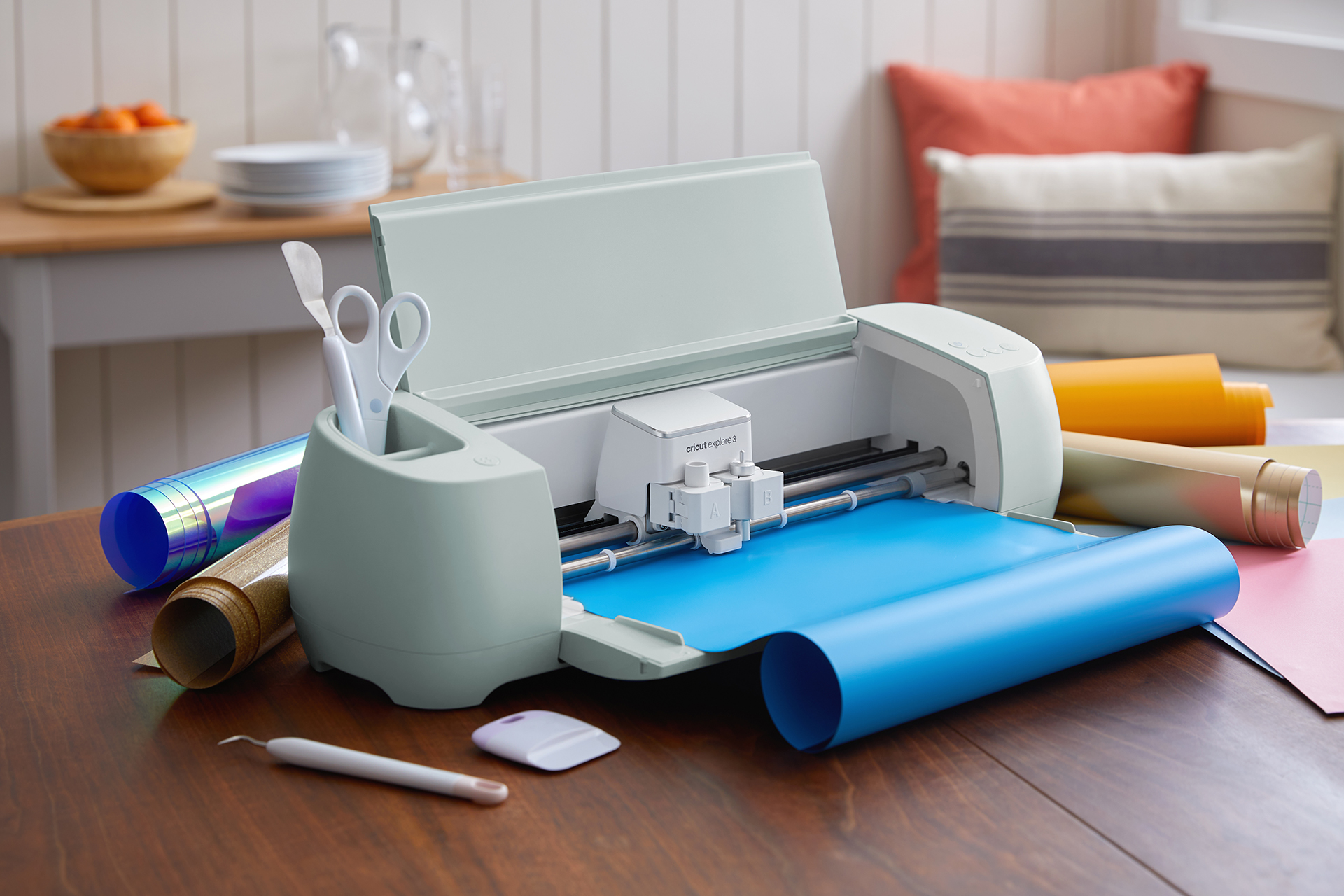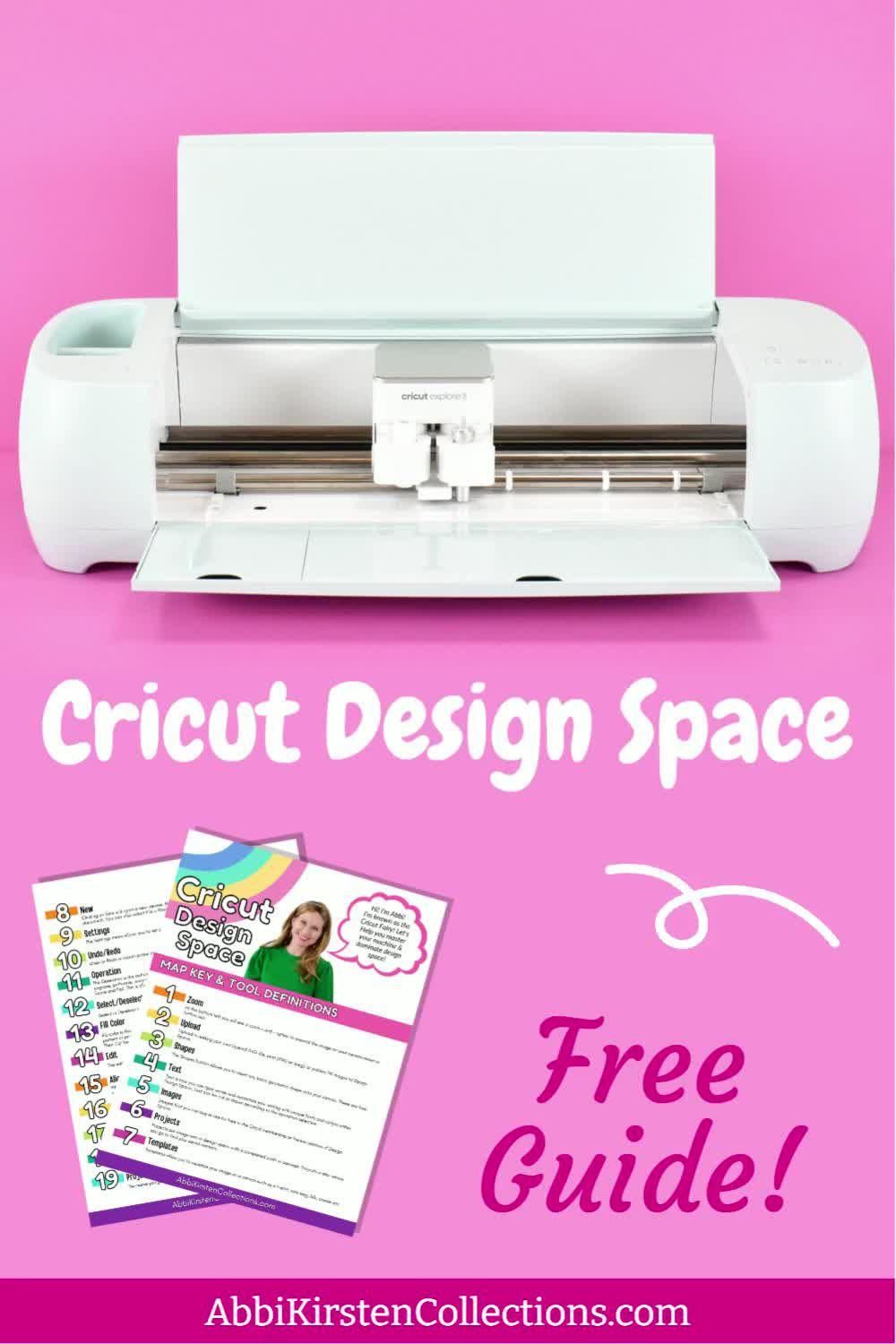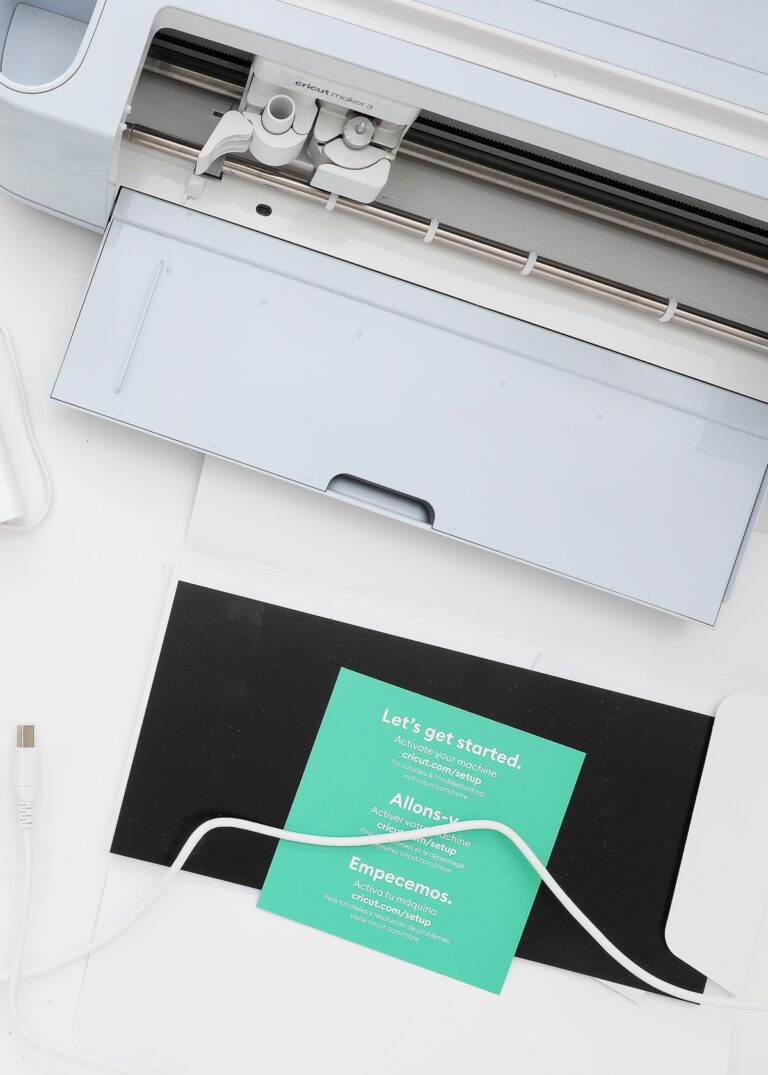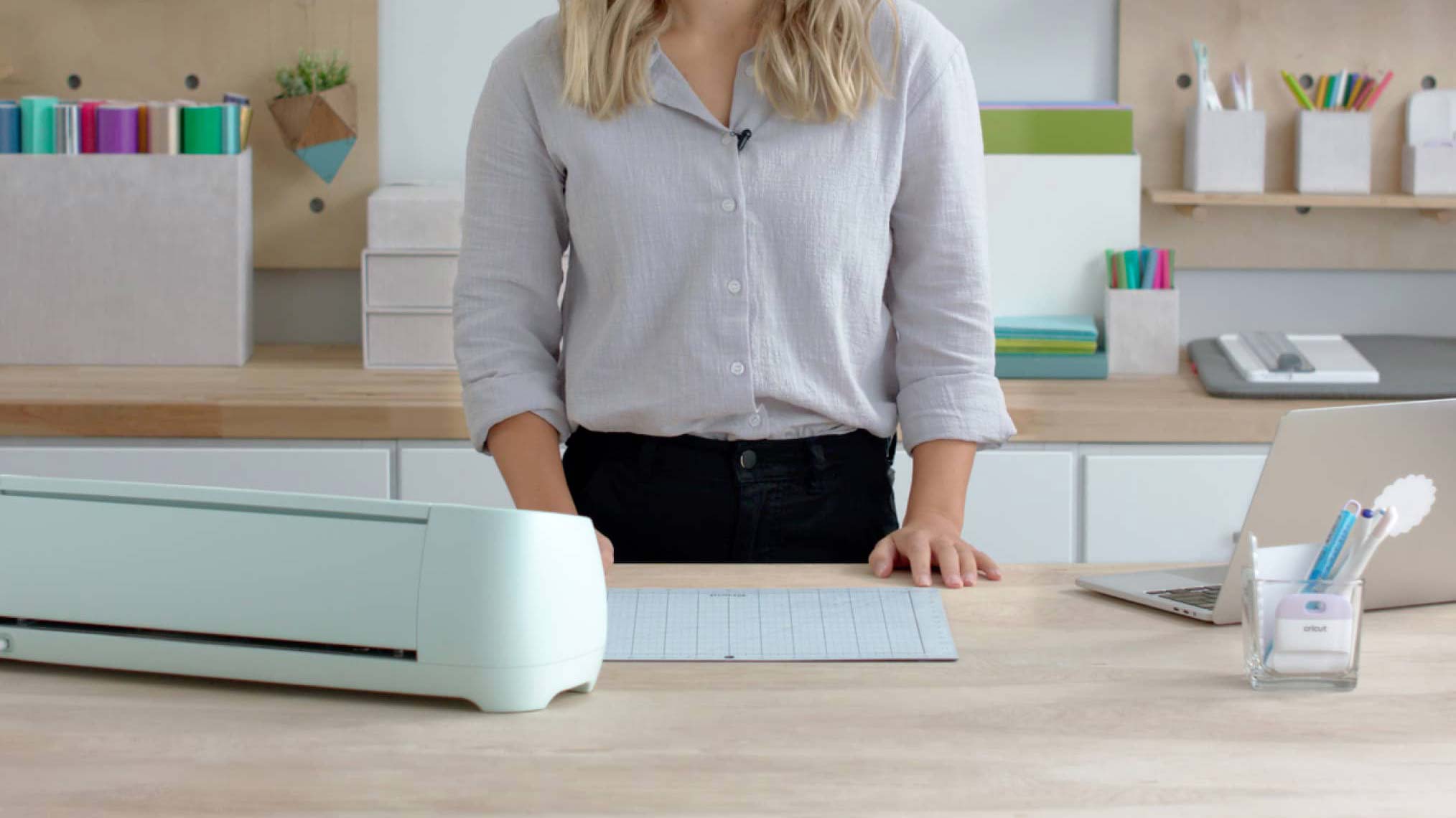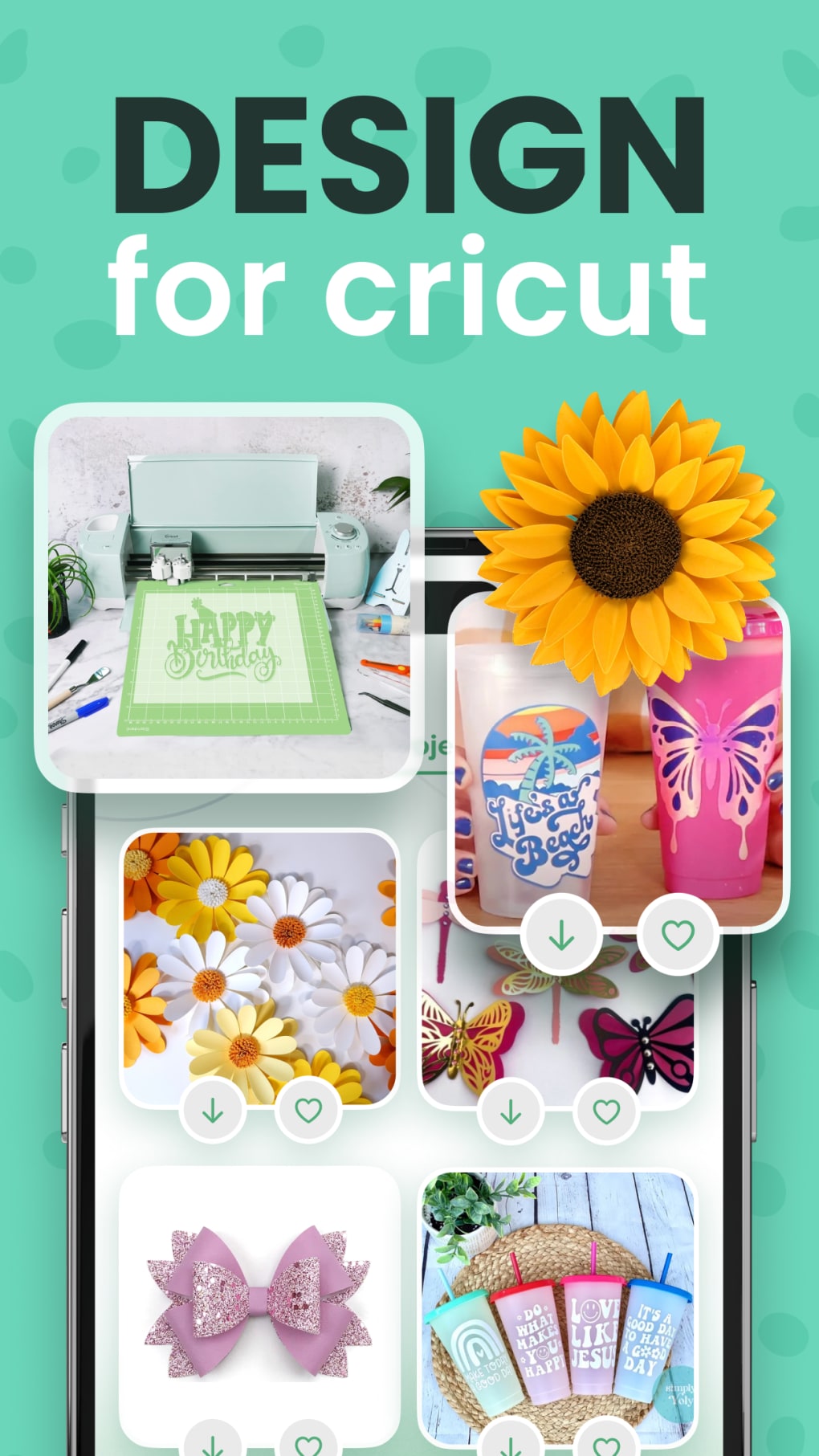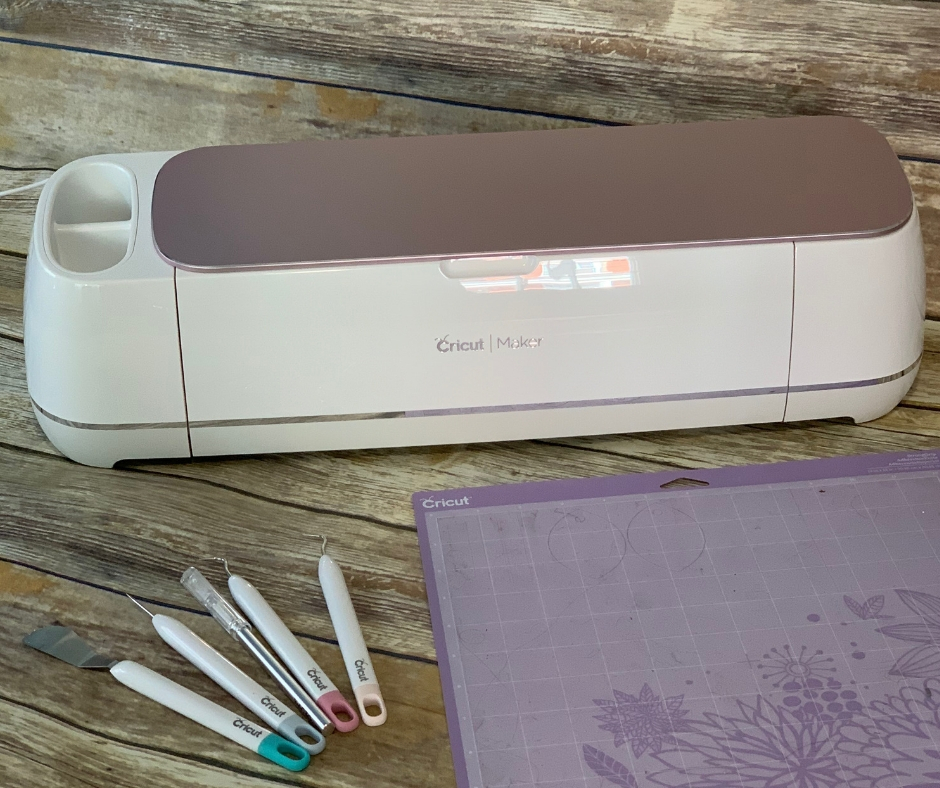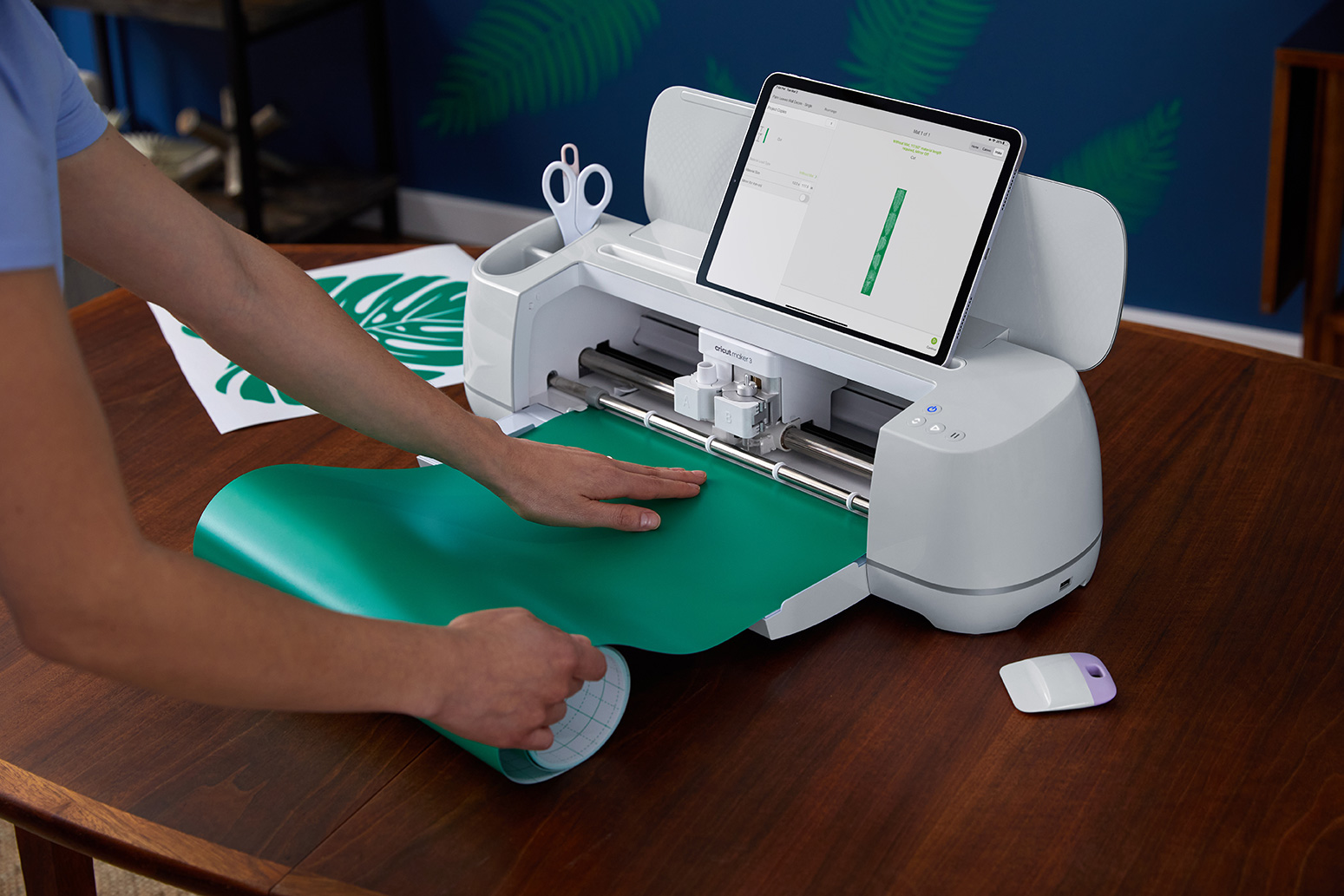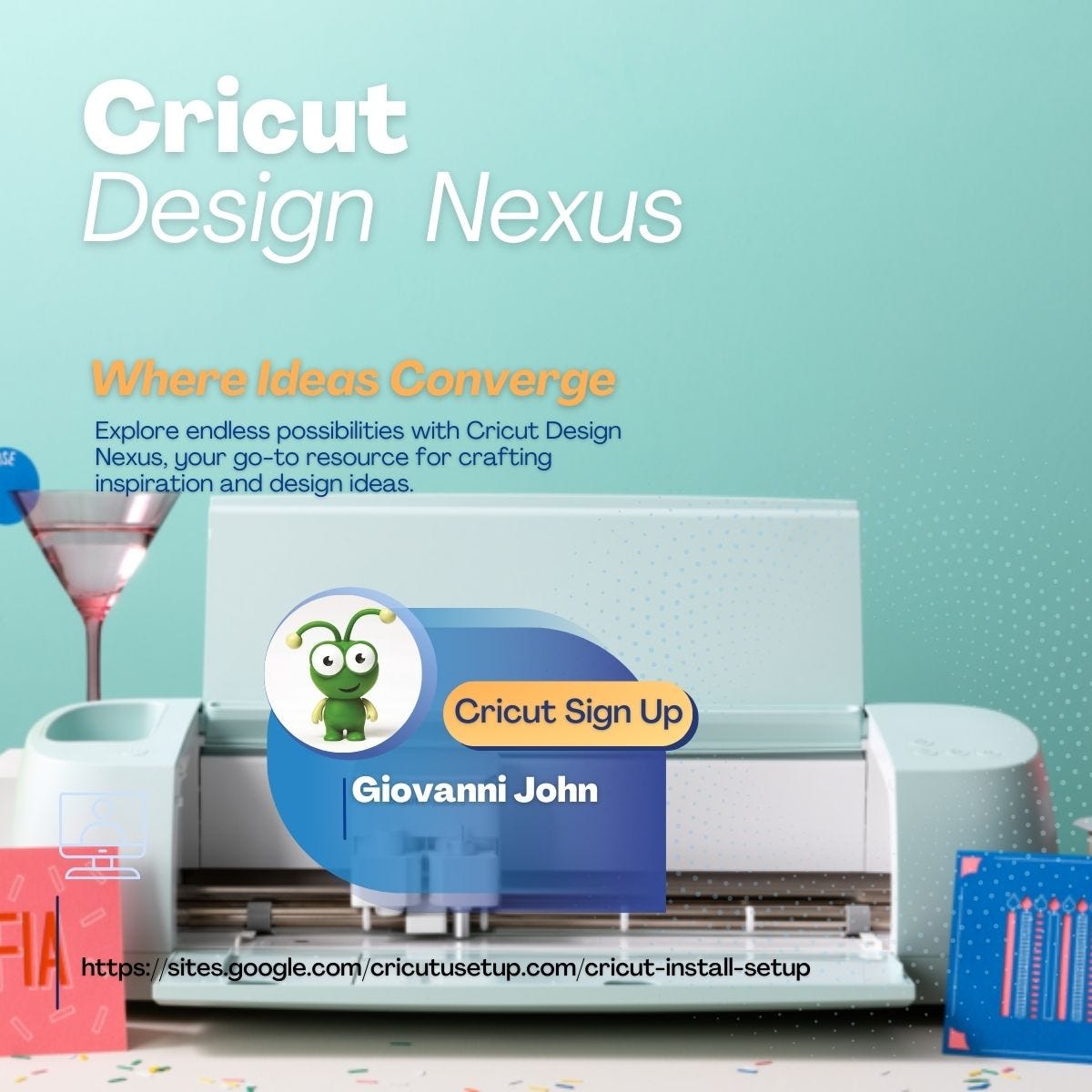Best Device For Cricut Design Space

So, you're ready to dive into the exciting world of crafting with a Cricut machine! That’s fantastic. But before you can unleash your inner artist, you need a reliable device to run Cricut Design Space, the software that brings your creative visions to life.
This guide is tailored for first-time Cricut buyers like you, cutting through the technical jargon to help you choose the perfect device for your crafting needs. We'll explore the best options, weighing their pros and cons to ensure you make a truly informed decision.
Why Your Device Matters for Cricut Design Space
Your device is the engine that powers your entire Cricut experience. A laggy, unreliable machine can quickly turn a fun project into a frustrating ordeal.
Imagine spending hours designing a beautiful intricate mandala, only to have your software crash repeatedly while trying to send it to your Cricut. Choosing the right device is crucial for a smooth and enjoyable crafting journey.
Top 5 Devices for Cricut Design Space: A Comparison
Here's a handy comparison table to get you started. Note that prices are approximate and may vary.
| Model | Price (USD) | Processor | RAM | Storage | Warranty |
|---|---|---|---|---|---|
| Apple iPad Air (5th Gen) | $550 | Apple M1 Chip | 8GB | 64GB | 1 Year Limited |
| Microsoft Surface Pro 9 | $1000 | Intel Core i5 | 8GB | 256GB SSD | 1 Year Limited |
| HP Pavilion x360 14 | $600 | Intel Core i5 | 8GB | 256GB SSD | 1 Year Limited |
| Lenovo Chromebook Duet 5 | $400 | Snapdragon SC7180 | 8GB | 128GB eMMC | 1 Year Limited |
| Samsung Galaxy Tab S8 | $700 | Snapdragon 8 Gen 1 | 8GB | 128GB | 1 Year Limited |
Detailed Reviews
Apple iPad Air (5th Gen)
The iPad Air boasts a powerful M1 chip and stunning display. Design Space feels incredibly responsive and smooth on this device.
Its portability makes it perfect for crafting on the go. The only downside is the limited storage on the base model, which might require cloud storage management.
Microsoft Surface Pro 9
The Surface Pro 9 is a versatile 2-in-1 device that excels at both design and general computing. The included kickstand and optional keyboard make it a great desktop replacement.
It runs the full desktop version of Design Space. Price can be a barrier for some users.
HP Pavilion x360 14
This 2-in-1 laptop offers a good balance of performance and affordability. Its touchscreen and convertible design provide flexibility for different crafting styles.
The HP Pavilion x360 is a solid all-around choice. It might not be as powerful as the iPad Air or Surface Pro, but it handles Design Space without issues.
Lenovo Chromebook Duet 5
If budget is your primary concern, the Lenovo Chromebook Duet 5 is an excellent option. It runs the Android version of Design Space smoothly and offers long battery life.
Keep in mind that the Chrome OS is less feature-rich than Windows or macOS. The eMMC storage is slower than SSD storage.
Samsung Galaxy Tab S8
The Galaxy Tab S8 is a premium Android tablet with a gorgeous display and powerful processor. It’s a strong competitor to the iPad Air.
The included S Pen is a great tool for precise design work. The Android version of Design Space offers similar functionality to the desktop version.
Used vs. New: Weighing Your Options
Buying a used device can save you significant money. However, it comes with risks.
Used Device:
Pros: Lower cost, environmentally friendly.
Cons: Potential for hidden problems, shorter lifespan, no warranty.
New Device:
Pros: Full warranty, guaranteed functionality, longer lifespan.
Cons: Higher cost, contributes to electronic waste.
If you opt for a used device, thoroughly inspect it before buying. Ask about its history and test its performance with Design Space if possible.
Reliability Ratings by Brand
Here's a general overview of brand reliability, based on industry reports and customer reviews. Please note that these are generalizations and individual experiences may vary.
- Apple: Generally considered highly reliable, but repairs can be expensive.
- Microsoft: Good reliability, with a strong focus on software and hardware integration.
- HP: A solid choice for mid-range devices, with a decent track record for reliability.
- Lenovo: Known for affordability and durability, but some models may have performance limitations.
- Samsung: High-quality displays and powerful processors, but software updates can sometimes be delayed.
Checklist: 5 Must-Check Features Before Buying
- Processor: Ensure it's powerful enough to handle Design Space without lag (Intel i5 or equivalent, Apple M1 or equivalent, Snapdragon 8 series or equivalent).
- RAM: 8GB is recommended for smooth multitasking and handling complex designs.
- Storage: Opt for at least 64GB, preferably 128GB or more, especially if you plan to store a lot of design files locally.
- Display: A high-resolution display is essential for accurate design work.
- Operating System: Design Space is compatible with Windows, macOS, iOS, and Android. Choose the OS you're most comfortable with.
Key Takeaways
Choosing the right device for Cricut Design Space is a crucial step in your crafting journey. Consider your budget, performance needs, and preferred operating system.
Whether you prioritize portability, power, or affordability, there's a device that's perfect for you. Don't rush the decision; take your time to research and compare your options.
Remember to weigh the pros and cons of buying used versus new, and pay attention to brand reliability and key features.
Ready to Craft?
Now that you're armed with the knowledge to choose the best device for Cricut Design Space, it's time to take the plunge!
Click here to explore the devices mentioned and start creating your crafting masterpiece. Don’t hesitate to read further reviews, compare prices, and find the perfect fit for your creative needs and budget. Happy crafting!

